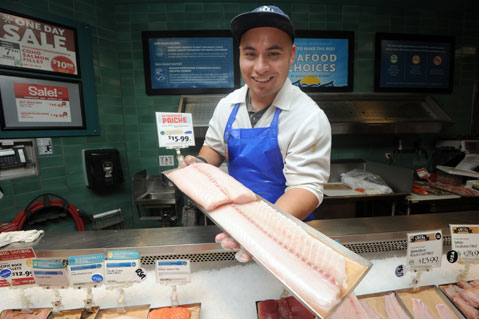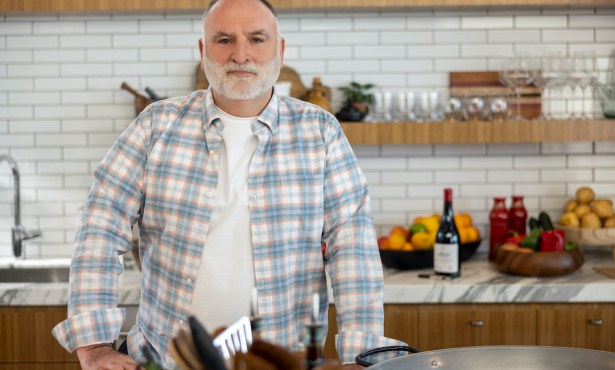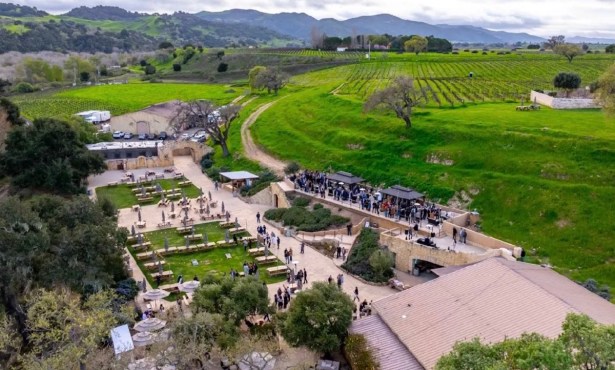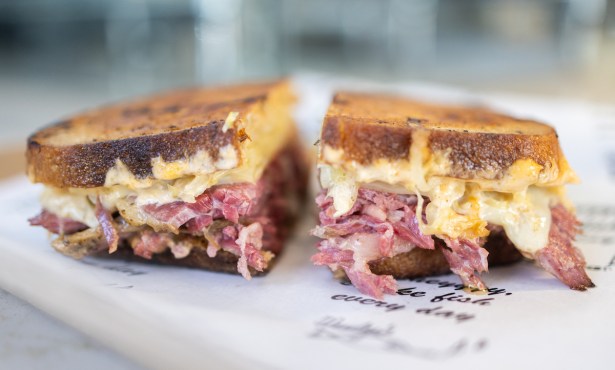The Power of Paiche
A Healthy Sustainable Fish for the Future

A slab of white meat behind the fish counter at Whole Foods caught my eye. “What’s that fish there?” I asked.
“That’s paiche. You want a piece?” I was looking for something new, and with the Chilean sea bass and king salmon at over twice the price, I decided to give it a try. Good move: The paiche was delicious. Later I learned it is healthy and sustainable.
Paiche (pronounced pie·chay) is raised in ponds in the Amazon rain forest by a Peruvian company named Amazone. Its product is imported by the U.S. company ArtisanFish and sourced by the green-buying fish brokers at Whole Foods. Paiche is raised without antibiotics, vaccines, or hormones and is free of mercury and metals.
Containing 20 grams of protein per 100 gram serving, paiche is comparable to beef fillet and chicken breast but with a lot less fat (1 gram) and calories (89). Paiche is high in omega-3 oils with a favorable ratio to omega-6s (1:1). Compare that to another “white meat,” the pork chop, which has 19.3 grams of protein, 20 grams of fat, a poor omega ratio, and 260 calories. Thanks, but I’ll take the paiche.
Arapaima gigas is one of the largest freshwater fishes in the world, with the biggest of the beasts stretching to 9 feet and weighing upward of 400 pounds. It is a prehistoric finfish, whose lineage branched off 220 million years ago in the late Triassic. Dinosaurs probably ate the ancestral paiche, and now the fish is even hunted by jaguars in the wild.
An unusual feature of this torpedo-shaped fish is that they breathe air from the surface into a swim bladder that is modified into a pseudo-lung. They eat fish and small mammals and will even defend their territory from humans, leaping from the water like acrobatic salmon and packing a mighty whack.
According to Isaac Gherson, the CEO of the Amazone project, paiche are grown in specially created ponds in the Amazon rain forest where they are fed pellets made from Peruvian anchovies without other animal by-products. They breed naturally and are grown at low densities. The ponds are continuously flushed with fresh, clean water from the Amazon. Worried about Fukushima radiation in your fish? You can’t get much farther away from Japan on this planet than the Amazon.
The fish is popular as an ingredient in trendy Peruvian restaurants, such as Mo-Chica and, fittingly, Paiche in Los Angeles. “I love this fish,” said Chef Ricardo Zarate, who owns those two restaurants and recently opened the Blue Tavern on State Street in Santa Barbara. “It’s an amazing fish, like a mix between black cod and monkfish.” He serves it as ceviche (thin-sliced or carpaccio style), baked, or grilled (but don’t overcook). In my own kitchen, I dusted a zesty fish rub on one side of a fillet and bread crumbs on the other and then pan-seared it in a mix of olive oil and butter, 3 minutes per side. Then I finished it with a few minutes in the oven at 350ºF. The fish was mild and tender. Garnish with a dab of Peruvian ají and sprig of cilantro.
The paiche exported by Amazone are registered and certified as farmed fish and do not impact depleted wild populations. The company has been involved in projects (with the World Wildlife Fund) to restock paiche in their natural environment, thus benefiting native fishers who supply their nearby markets and might someday develop export markets.
Cultivating paiche is a reasonable approach to encourage and support low-impact development that is sustainable to the health of the Amazon rain forest and its inhabitants. How do we protect ourselves, the rain forest, and the region’s farmers? Consider buying from certified reputable sources who guarantee that the product is farmed in a socially and environmentally responsible manner.



